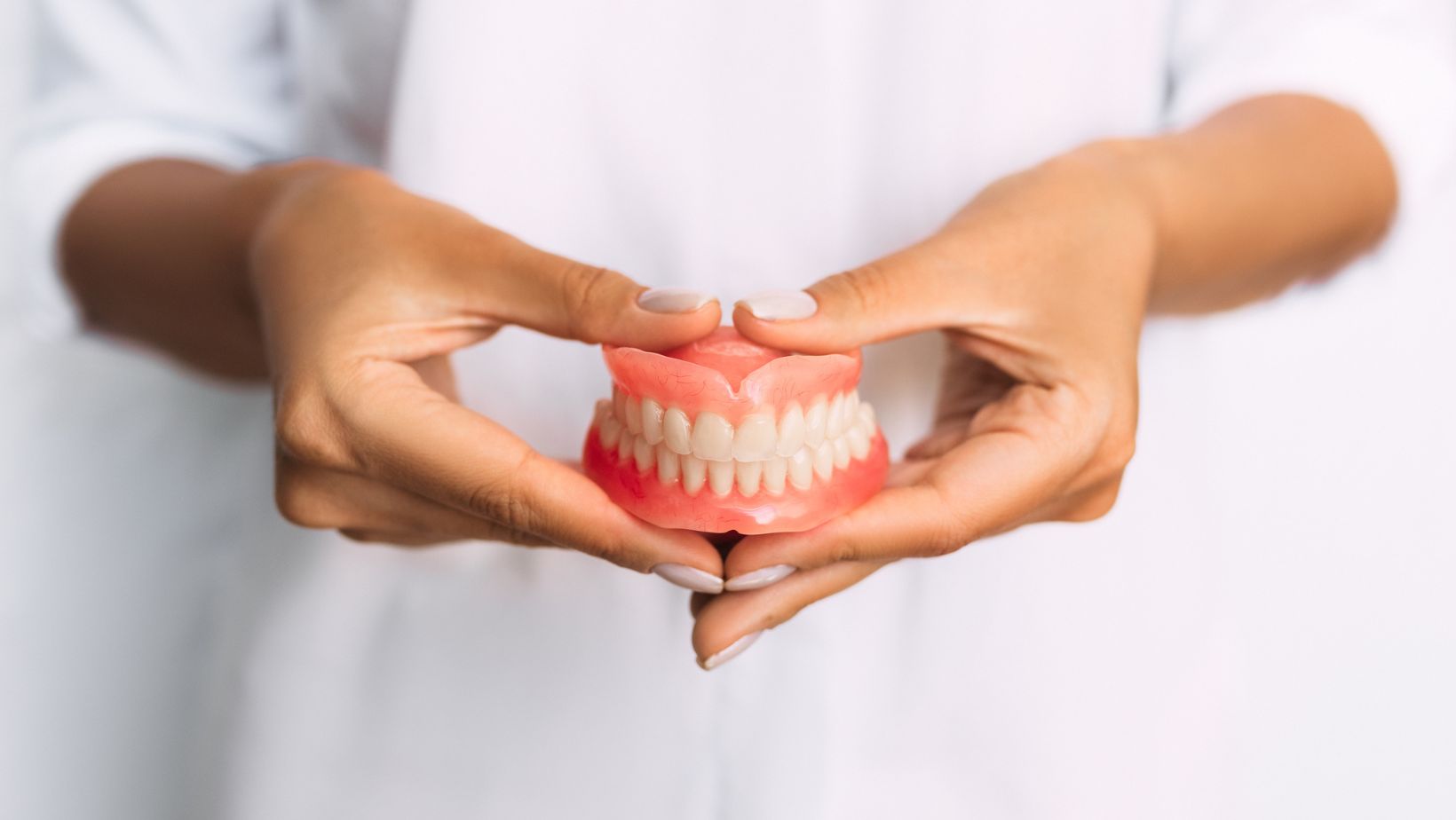
Tooth loss can occur due to injury, decay, or periodontal disease. Whatever the cause, it often leaves gaps affecting chewing, speech clarity, and self-confidence.
Fortunately, you have several options to replace missing teeth, ranging from affordable dentures to durable dental implants. The right solution will depend on your specific needs and budget.
If you’re looking for personalized care and expert advice, consider consulting a dentist in San Fernando, CA or your area. They can help you determine the best tooth replacement option for your unique situation.
To get comfortable false teeth online, you can start by researching reputable dental clinics or laboratories that offer high-quality dentures. Look for customer reviews and ratings to ensure their products and services meet your expectations. Consult with a dental professional virtually to discuss your needs, budget, and desired level of comfort. They can guide you through the process and recommend suitable options. Once you’ve made your choice, you can place your order online and follow the provided instructions for fitting and care. Remember that comfort and proper fit are crucial, so don’t hesitate to seek professional assistance throughout the process.
This guide explores the most common tooth replacement alternatives so you can work with your dentist to choose the best options for your lifestyle and oral health goals.
Dental Implants
Dental implants involve placing a titanium screw into the jawbone, which fuses to the bone over time. An artificial tooth is then connected to the implant post to fill the gap left by your missing tooth.
Implants are the closest to natural teeth in both look and feel. They also protect your jawbone by stimulating bone growth. Consider dental implants if you are looking for a permanent, low-maintenance solution that restores full chewing power.
However, they do require minor surgery and tend to be more expensive. You may visit Melbourne Dental Implant Centre or your local dental clinics if you want dental implants.
Removable Partial Dentures
If you still have several healthy teeth remaining, removable partial dentures offer an affordable interim solution before committing to more expensive treatments. These removable appliances have acrylic bases holding replacement teeth, clasping onto neighboring teeth for support.
Partial dentures are easy to take out for cleaning and can replace several missing teeth in one dental appliance. However, they can be uncomfortable and may require frequent adjustments. Over time, they can damage the surrounding teeth they clasp onto.
So, weigh up the lower cost against potential long-term issues.
Full Dentures
Losing all your teeth doesn’t necessarily mean ending your natural-looking smile. Complete dentures can bring dramatic improvements to gaps affecting both jaws. Custom-made appliances crafted from acrylic bases and replacement teeth fit securely over your gums to allow eating and speaking without slippage or discomfort in most cases.

Dentures require getting used to but allow people living with total tooth loss to regain dental function at a fraction of the cost of other treatments. Just be prepared for the ongoing care and adjustments needed to keep dentures fitting well.
Overdentures
Overdentures are a hybrid between standard and dental implants, representing the best of both worlds for people experiencing complete tooth loss. This solution involves placing a few strategically positioned dental implants in the jawbone, which serve as retention posts for the denture appliance placed over the gums.
The benefit of overdentures is long-term bone preservation with the predictability of implants while minimizing costs by using fewer implanted posts. People wearing overdentures report very high satisfaction levels thanks to a super-secure fit, giving superior stability to conventional dentures.
Bridges
If you have lost one or more adjacent teeth, dental bridges can fill the gaps. Bridges rely on the surrounding natural teeth for support.
The dentist first prepares the neighboring teeth by reducing them to create room for a dental crown to be placed over each prepared tooth. Custom-made replacement teeth are then attached to the crowns to bridge the gap.
Compared to other options, bridges provide a permanent solution while keeping surrounding teeth intact. However, they require reducing healthy teeth and will need replacement if those supporting teeth are later damaged or lost.
Deciding Between Options
Choosing between tooth replacement alternatives depends first on determining whether you need a short- or long-term solution based on your age, health status, and budget. It also involves weighing up important considerations like speech impact, convenience, maintenance needs, and affordability against your priorities.
These considerations will differ for each person. Schedule an appointment with your dentist soon to discuss the functional and aesthetic outcomes you hope to achieve. From there, you can align on the best solutions for your situation, from removable to fixed restorations.
Working Closely With Your Dentist
The key to successful tooth replacement is collaborating with an experienced dentist, so don’t hesitate to ask questions and understand your options thoroughly. Be sure to address any chronic conditions that could increase risks or complications for certain procedures.

For example, let your dentist know about bruxism or teeth-grinding habits that may undermine the longevity of bridges. Another resource is to look up patient reviews and before/after photos of previous cases similar to yours so you know what is realistically achievable from treatment.
Final Thoughts
While losing teeth can damage your self-image and reduce your quality of life, many ways exist to restore an attractive smile. From affordable short-term options like dentures to permanent fixes involving dental implants, work closely with your dentist to replace anything missing.
There are more solutions to renew dental function and aesthetic appeal now than ever. This way, you can regain your confidence to eat, speak, laugh, and engage socially without feeling self-conscious. Refrain from resigning yourself to gaps; instead, explore the many impressive solutions modern dentistry provides, regardless of your situation or budget level.












